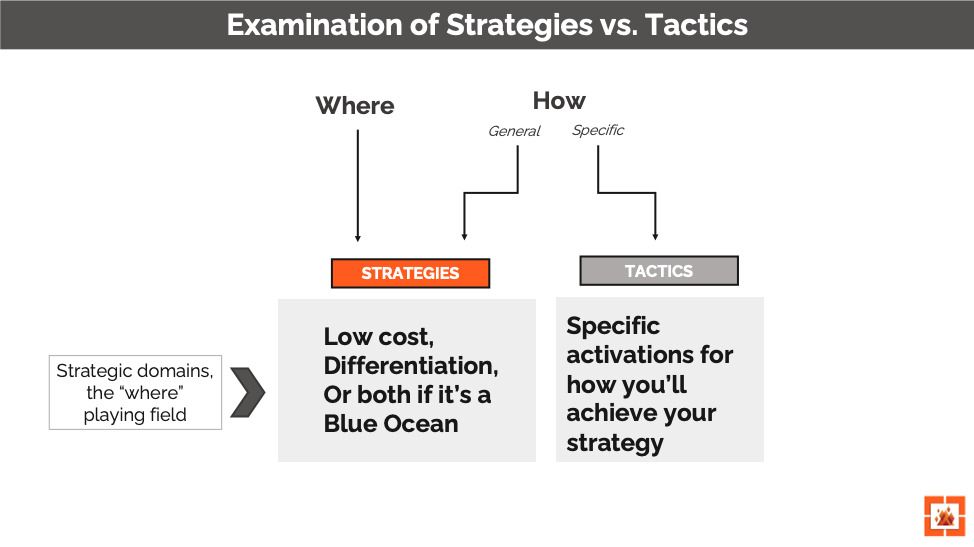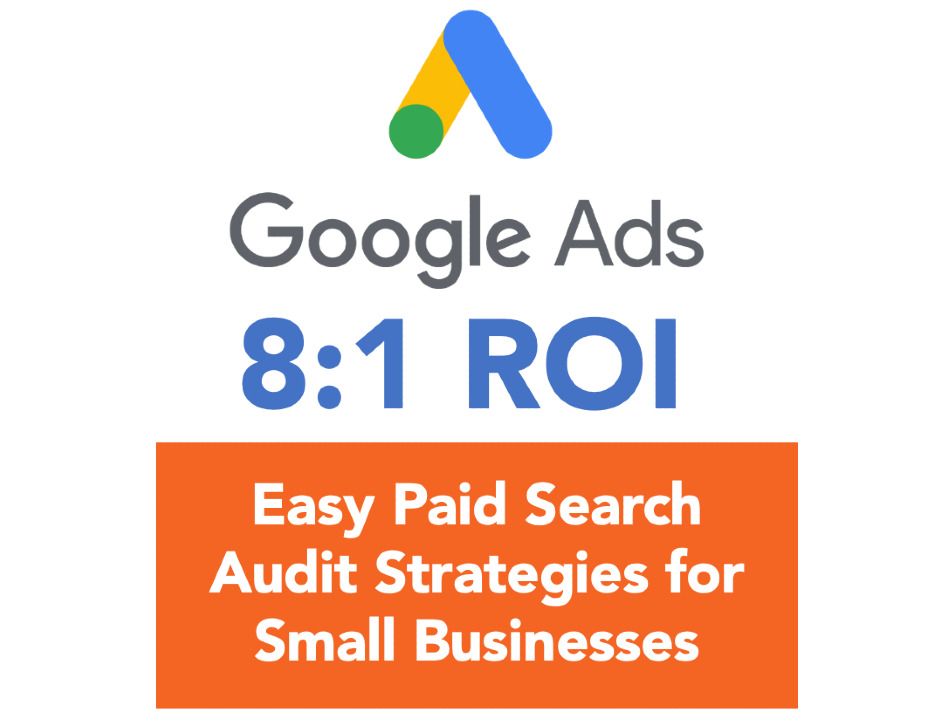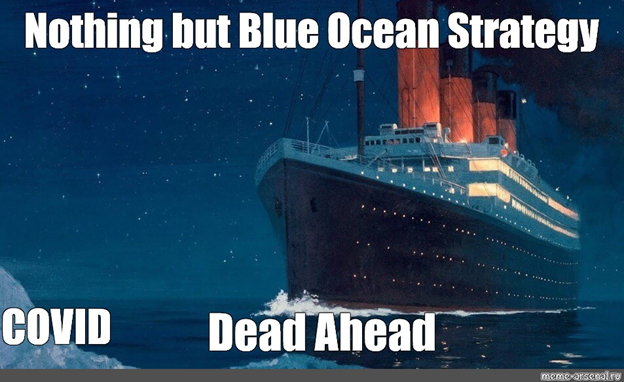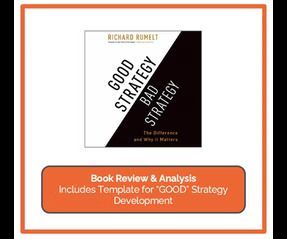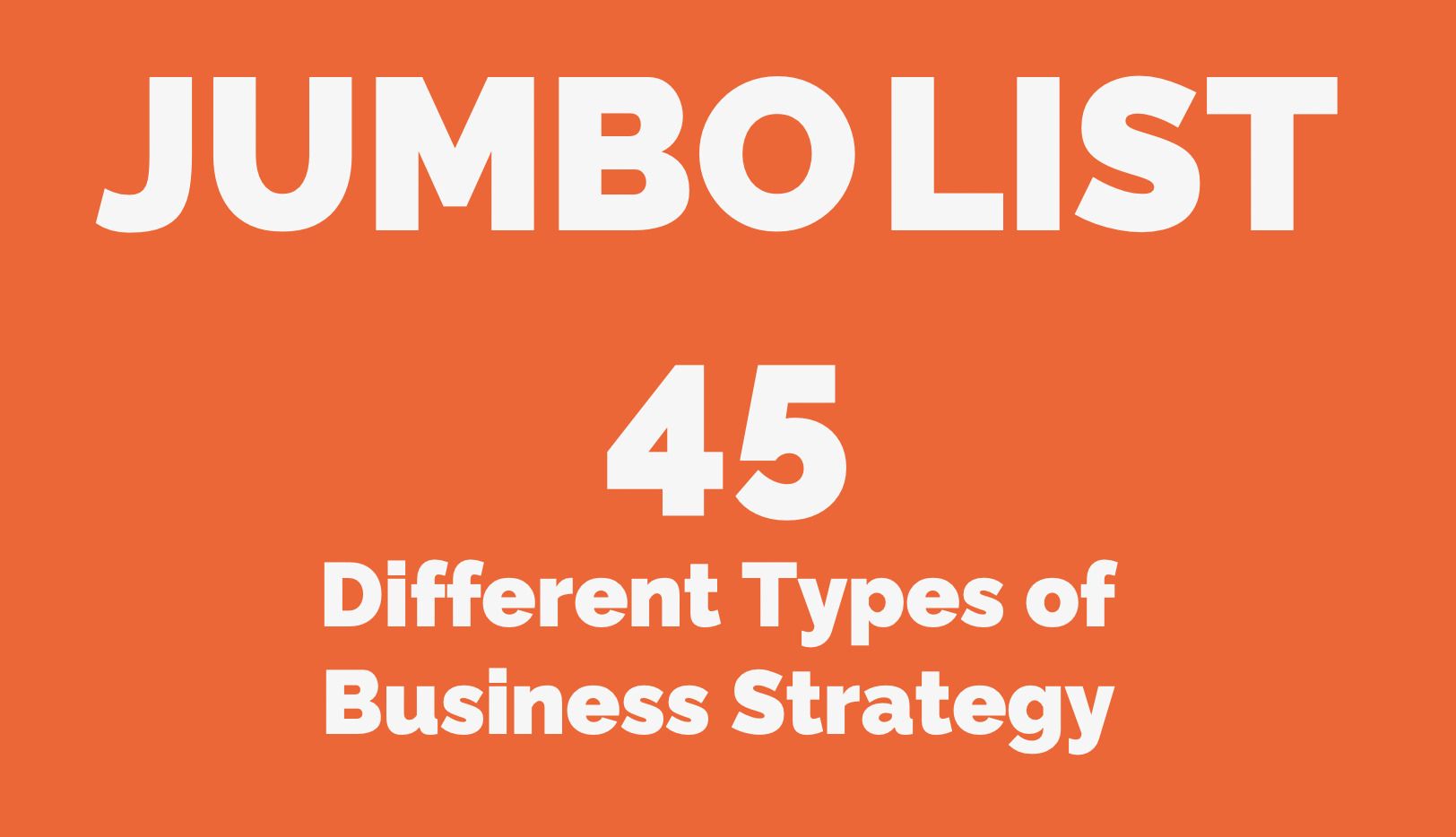In Depth & Unexpected Blue Ocean Strategy Examples
By Adam Fischer • May 16, 2022
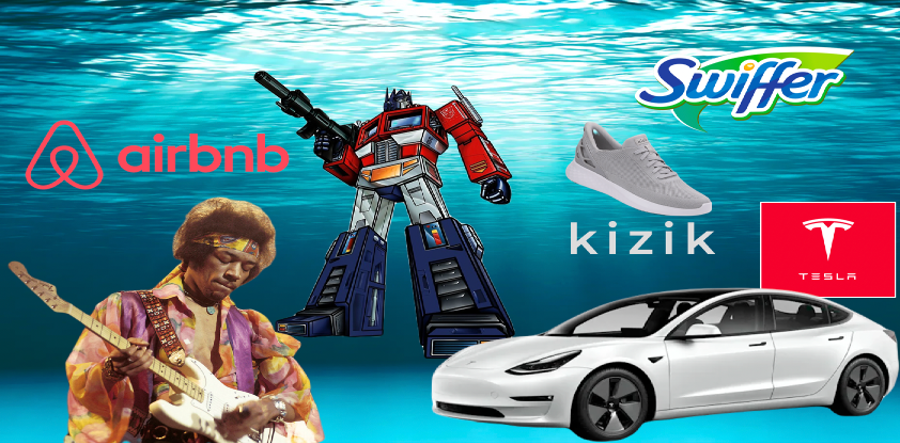
We'll Go Deep with a Blue Ocean Strategy Example Featuring Tesla and Give You 5 More Examples That May Surprise You
We’ll see how Tesla’s model 3 became the best-selling luxury car in the world in 2021, beating the both BMW and Mercedes in sales. You'll get a complete strategy canvas example in excel so you can easily make your own. Download the strategy canvas template (in excel) here>>
We'll review an example showing how Airbnb shook up the value equation in the hotel industry using the Efficiency Frontier framework. You'll even get some unexpected examples, like how the Transformers and Jimi Hendrix created Blue Oceans! There are plenty of cases - if you have some good Red or Blue Ocean examples of your own, we'd love to hear them.
If you know Patrick Bet David, an entrepreneur and influencer, Blue Ocean Strategy ranks number 1 as on his list of 10 must read books – you can check out his list here.
What is Blue Ocean Strategy?
Michael Porter and other strategy experts typically offer an either/or approach to strategy: either pick low cost OR differentiation, but not both. Renee Moauborgne and W. Chan Kim flout this ultimatum in the book, claiming that companies can create uncontested market space and vie for BOTH low cost and differentiation.
In this blue ocean world you’ve created, the competition is irrelevant, because you are competing on different dimensions. You break the value/cost trade off because you are creating unique value and capturing new demand.
The majority of companies, especially heritage brands and organizations, live in a red ocean of rivalry where strategies get copied and become similar, always fighting tooth and nail to eke out competitive advantage to maintain and grow market share.
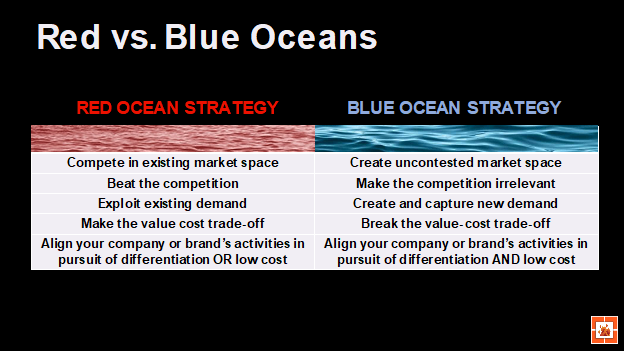
Blue Oceans Generate Significantly More Relative Profit
Before we look at Tesla, take a peek at this slide demonstrating how despite red ocean products amounting to almost 90% of launches, they only deliver about 40% of profits. That small number (around 10%) of blue ocean products launches amounts to a astonishing 60% of profit. I think you get the take-away.
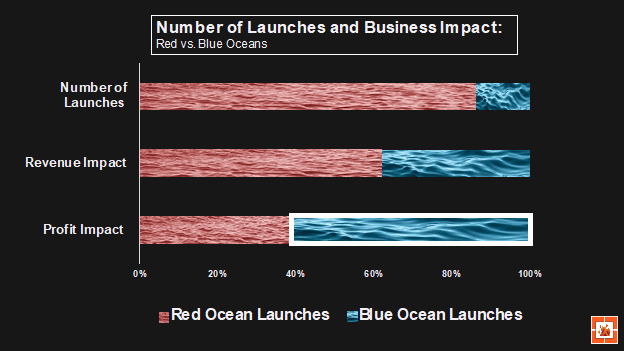
Creating Blue Oceans Requires Bold Risk Taking
Large organizations capsize in Blue Oceans because:
- Blue oceans are often too small to drive enough business at launch (a la the Innovator’s Dilemma)
- Blue oceans represent a risk to the short term, as resources and focus get diverted from what you’ve always done (and is proven) to and uncertainty and risky future
- Blue oceans products are often a direct threat to your core business. We’ve all heard that Kodak had digital photography technology in the 90’s but said no to it because quality was poor and margins were low. Why cannibalize a strong traditional business by creating less profitable competition for yourself?
The list goes on and on.
Blue Ocean Strategy Example of Tesla
Elon Musk looked at the luxury car space and noticed it was ripe for disruption. His passion for engineering technology, and the fact that he's rich and people know he'll innovate where others don’t dare, allowed him to envision a new landscape for automobiles.
The introduction of the Model 3 gave Tesla yet another superior electric vehicle at a price point under $40k that appeals to the masses.
As you see from the strategy canvas I put together below, Tesla makes incredibly bold strategic trade-offs in order to win. Tesla is willing to be weak in areas that were previously table stakes in order to excel across new dimensions.
Weak Areas (CONS):
- Tesla doesn’t spend on advertising in any way close to the big players
- Tesla doesn’t even have build quality or an interior on par with Lexus or Mercedes, it’s simply “good enough” to be a luxury car
- Tesla went CRAZY and said NO to dealerships. Who else could do this???
Parity:
Tesla is about the same in terms of its ride and design. Sure, Tesla has quirky features like a whoopie cushion sound in some of its seats and a nifty executive table in the back seat as an option, but it’s the technology, not necessarily aesthetic design that Tesla competes on.
Break Out Superiority (PROS):
This is the blue ocean territory. No one rivals Tesla on environmental impact, fuel cost, technology (think self-driving cars you can buy NOW), and their expansive charging station network.
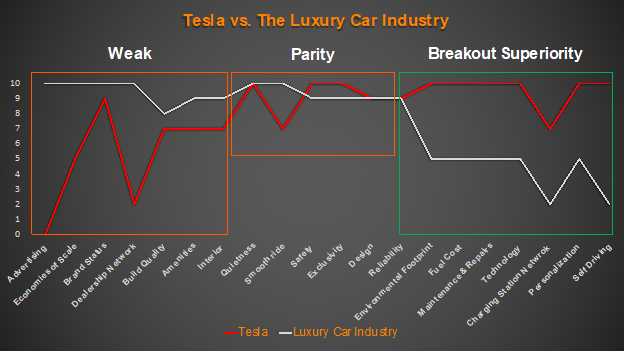
But will the calm seas last forever?
Tesla stock is up +19,000% since its IPO due to the blue ocean it created for itself. But Lexus, Mercedes, Audi, and BMW are introducing electric cars to compete, and the blue ocean will inevitably turn ruddy in no time.
The Competition is Catching Up
The strategy canvas below, orange line, shows where the luxury market may be in 2025. It’s much, much closer to Tesla, eroding their differentiated stance.
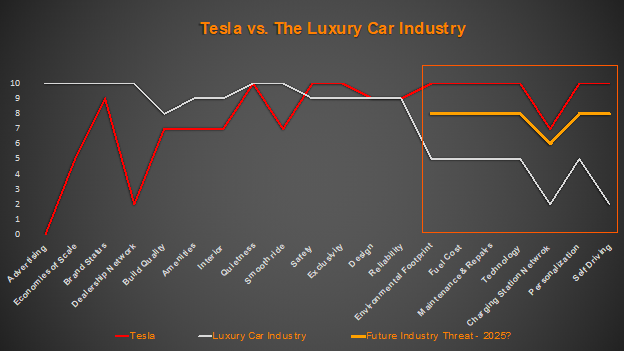
With this threat in mind, Elon Musk purchased a solar panel company and poured incredible resources into R&D to make its solar technology superior by significant orders of magnitude. Tesla is beginning to seem less like a car dealer and more like an energy technology company.
Example of How Airbnb Found it's Blue Ocean Using the Efficiency Frontier
The Strategy Canvas isn't the only way to conceive of and map out Blue Oceans. The Efficiency Frontier is a great way to stay hyper focused on your two key attributes of competition. In this example of Airbnb vs the hotel industry, including luxury players like the Ritz and budget options like Motel 6, you see Airbnb winning by delivering both superior value and costing less - the hallmark of a true Blue Ocean.
The further you push out the value/cost curve, the more transformational your business is and the bluer your ocean becomes. You can get this
Efficiency Frontier slide and 90 of our other templates here >>
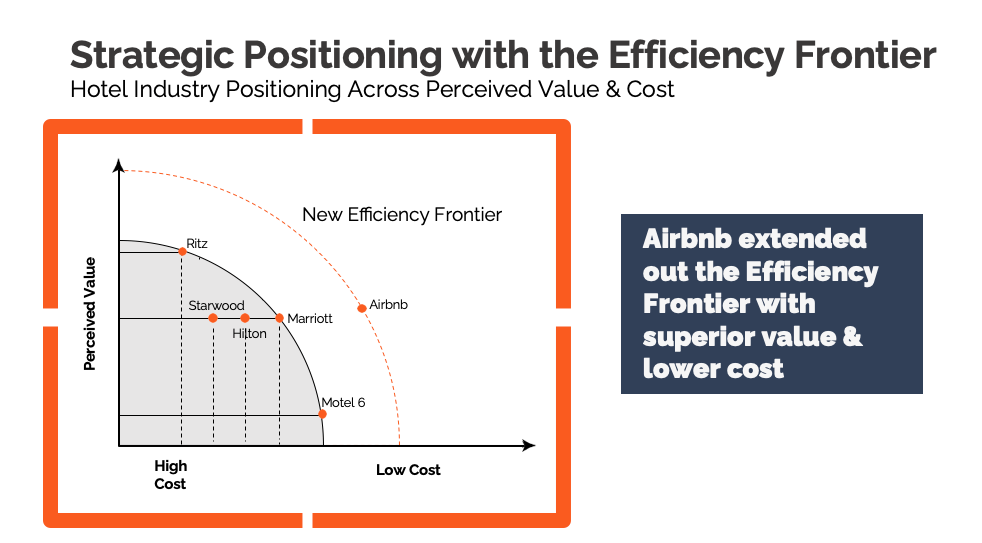
More Blue Ocean Strategy Examples:
Transformers, Jimi Hendrix, Swiffer, and Kizik Shoes
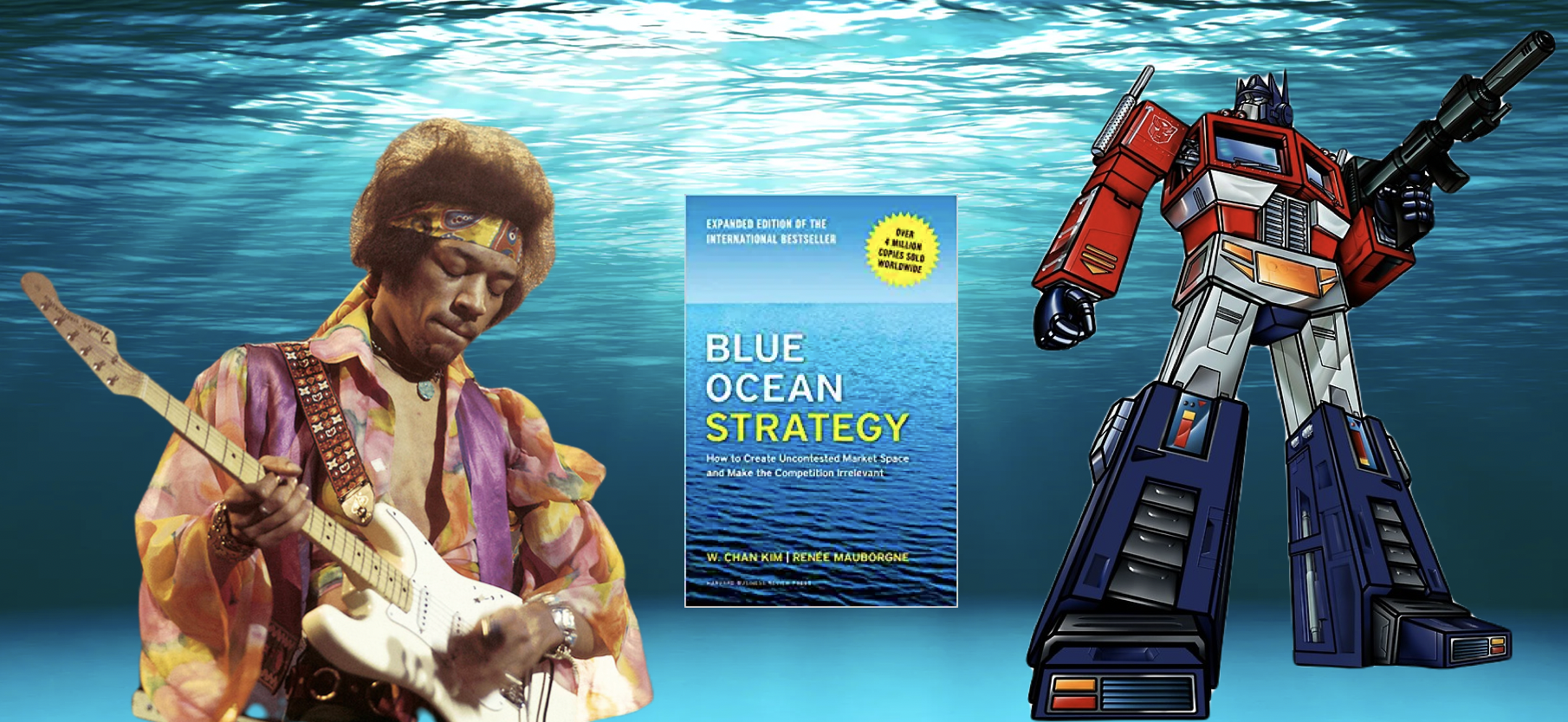
Jimi Hendrix Breaks the Sound Barrier in the 60s
Everything about Jimi Hendrix was different, making him the ultimate guitar hero who went platinum many times over. He used a right handed Fender guitar and had it strung backwards making the mental thrust behind everything he did quite unique. Guitar amps weren't even capable of handling his prowess and personalized sound until the 1960s, audiences wouldn't have been ready for his trademark sound until the experimental ethos of the 60s became pervasive.
His rhythm guitar and innovative use of pedal effects to create controlled distortion provided an electrifying sound of breakout superiority that impacts guitarists to this day. When you have something different that people can't get enough of for decades, you're in a Blue Ocean.
How Optimus Prime Transformed the Toy Industry
Plenty of memorable brands like He-man, Thundercats, Rainbow Bright, and Cabbage Patch kids were born in the 1980s. But what intellectual property has truly stood the test of time, spawning
blockbuster movies (hugely successful even if you're not a fan), comic books, and of course the toys? The answer is Transformers, led by the venerable Optimus Prime.
What could be a redder ocean than toys? Shelves in absolute disarray with action figures and dolls flung everywhere, screaming kids scratching and crawling; it's almost impossible to break through the noise. But Transformers did. Hasbro invented a toy (in partnership with Takara of Japan) that's really two toys (and akin to twice the value) in one: Optimus prime was a robot AND a truck. Combine this unique way to play with a toy with and incredible story, which was developed by Marvel, and you get serious breakout superiority.
More often than not, especially in industries like fashion and toys, you get "trend oceans" that seem like Blue Oceans but really aren't. Cabbage Patch kids didn't have evergreen staying power. The abominable stylings of Van Dutch, with Paris Hilton as poster child, was red hot for a few months but was merely built on trend and debauched brand ambassadors, nothing fundamentally different.
The way Transformers has been able to remain relevant, and protected its ocean waters, is through constant reinvention. The toys, and story, have changed a lot since the 1980s while still remaining true to the core (except that Optimus Prime actually kills Decepticons in the movie, which is inexplicably off brand). The next Transformers movie, Rise of the Beasts, is due out in 2023.
How Kizik Shoes Fit Better Than the Competition During the Pandemic
In the 80's and early 90s, sneaker brands fiercely battled over performance. First came Nike Air to help you jump like Jordan. Reebok responded with "pumps" that let you control how much air you poofed into your shoes, with Shaq front and center. Late to the game, Converse showed up with "React Juice," a liquid that would swing from side to side to provide better stability and support during intense activity. Only uncool kids had the Converse waterbed shoes with React Juice, and I was sadly one of them.
During the pandemic, a lot of office workers were sent home to start a new kind of slovenly lifestyle. The beginning of the pandemic in 2020 was rough on everyone; I remember people complaining about having to shower and get ready in the morning. Even putting your shoes on, if no one was even going to see you, was too strenuous of a task. Thus came Kizik.
No need to untie your shoes in order to swoop your feet in. Kizik's are designed to have you just plop your feet right in. I went from untying both my dress shoes, putting them on with a shoe horn, then tying them, to just flying right in. For a certain segment of the market that are hyper conscious of convenience and efficiency (lazy people), Kiziks are in a league all their own.
Can they maintain their breakout superiority? Kiziks are an incredibly practical shoe, but it's difficult to say what their brand stands for. Nike seems to consistently filter its Blue Ocean waters by working with new athletes, moving into new sports, innovating with new technology, and crafting a brand image that people want to wear. Kizik is just functional. Their function can easily be copied. Let's see where they end up in a year or two.
How Swiffer Mopped the Floor with Old Fashioned Alternatives
Procter & Gamble is one of the best companies on the planet in terms of quality and innovation, especially given it's hulking size as a multi-billion dollar firm. They take the most boring, tired, antiseptic categories and brands and turn them into something special. Oil of Olay was a stagnant brand until CEO A.G. Lafley made the bold move to increase it's price and give it department store quality formulas available at your local CVS - now it's beating out L'Oreal. Old Spice was older than your grandpa, and they revved it up with some of the most hilarious, and absurd, ads we've ever seen.
Before the Swiffer, and it's clones, arrived on the scene, you probably used a mop, broom, or vacuum to clean the kitchen floor. That's a lot of work and instruments to wield. A mop requires the uses of a sloshy bucket with rank water in it to be hauled form room to room while splashing on your leg. Everyone thought this was the way it had always been, and the way that it would always be. The Swiffer folks at Procter & Gamble thought otherwise. As consumer experts, they identified pain points and revealed the unmet need for something easy to use that combined the cleaning power of a mop and a broom. Thus the elegant Swiffer was born.
Not only does the Swiffer manage the job of a broom and mop, weighs almost nothing, and cleans your house with a variety of pleasant scents, it has a razor blade type replenishment model that keeps consumers buying wet cloth refills at high margins. If you compare the cost of a Swiffer vs. a mop and a broom, the Swiffer is FAR costlier. But it reduced the pain of hauling around a bucket, it's lights as a feather, and it gets the job done beautifully. Sure, you can't sop up the entire bottle of grape juice that Timmy spills, but the trade off is well worth it for most.
Conclusion
We hope these Blue Ocean strategy examples help you understand the need to be bold, take risks, accept trade-offs, and reinvent continuously in order to sustain your success. If you want to go even more in depth with the examples we shared, try filling out the Strategy Canvas we have available on your own.
Do you think Tesla will fall victim to competitor’s red ocean strategy against it, or will they unlock incredible demand in other sectors, like solar, to navigate their business to new Blue Oceans?
"There's magic in the water that draws all men away from the land, that leads them over hills, down creeks and streams and rivers to the sea."
- Herman Melville, probably talking about the allure of blue ocean strategy
Adam Fischer is a marketer with 10+ years of experience in brand management and digital marketing. He’s challenged conventional assumptions and taken bold moves to drive growth for small businesses like Dogeared Jewelry to multi-billion-dollar companies like CVS Health and Nature Made Vitamins. He leverages his B.S. in Philosophy from Northeastern University to ask questions that get to the heart of business issues, while his MBA in Marketing from the Thunderbird School of Global Management at ASU translates management philosophy into real strategic growth.
Insights to fuel your marketing business
Sign up to get industry insights, trends, and more in your inbox.
Contact Us
We will get back to you as soon as possible.
Please try again later.
Latest Posts
